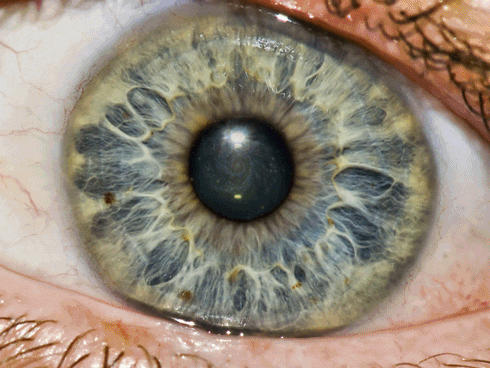-
The World’s Fittest Children are in Tanzania
-

The World’s Fittest Children are in Tanzania
Culture & Life
-
-

-
Staff Writer
-
-
A new study by PhD candidate at the University of Ottawa
published in the British Journal of Sports Medicine recently found that
Tanzania’s children are the fittest in the world.
-
A new study by PhD candidate at the University of Ottawa published in the British Journal of Sports Medicine recently found that Tanzania’s children are the fittest in the world. This is contrary to the popularised view of sickly African children spread by the donor community in the West.Ironically, American children are in the bottom five of the list compiled by researchers from the University of South Australia (UniSA). The researchers say they tested the fitness levels of 1.1 million children aged between nine and 17 from 50 countries by making them do a 20 metre shuttle run (known as the beep test in Australia), a running aerobic fitness test.The children run as many 20-meter shuttles back and forth as they can at an increasingly fast pace, as a way to measure their maximum aerobic power.Tanzania was ranked first ahead of Iceland and Estonia, while children from Mexico, Peru, Latvia, the US and Korea were found to be least fit. There are lessons to be learnt from this Eastern African country.Not simply fitness but so much more
Speaking to News Corp, Grant Tomkinson, a lead researcher in the study said there was a correlation between income inequality and fitness. He told News Corp, "One of our key findings was that income inequality, the gap between rich and poor, was strongly linked to cardio-respiratory fitness, with kids from countries with a small gap between rich and poor having better fitness."
Another of the researchers from UniSA’s School of Health Services, Tim Olds said, "Cardio-respiratory fitness is an excellent indicator of good health and there's evidence showing that kids with high fitness levels are healthier and tend to live longer." Justin Lang, the PhD candidate also says, “Kids who are aerobically fit tend to be healthy; and healthy kids are apt to be healthy adults.”
("International variability in 20 m shuttle run performance in children and youth," Justin Lang, Mark S Tremblay, and researcher.)
Lang also said “The evidence of a physical activity transition is similar to a double-edged sword.
The difference in developing countries is that these transitions are occurring at a rapid rate and developing countries simply don’t have the infrastructures in place to cope with the burden of chronic disease in addition to the prevalent infectious diseases in these parts of the world.”
The research’s findings are that in developing countries, when certain socio-economic indicators like level of urbanization and the human development index improved, performance on the running test worsened. It was also found that in developed countries, the reverse transpired.
This, according to Lang as captured by Quartz Africa, is an indication of a society in the middle of a “physical activity transition,” the point when a population becomes wealthier and is able to expend less energy on things like getting food or commuting. There is a high risk of Africa as a whole falling prey to this phenomenon as income gaps widen with time.
Countries with the Fittest Children in Africa
Rank Country Centile Rank 1 Tanzania 97 2 Côte d’Ivoire 75 3 Morocco 74 4 Benin 70 5 Djibouti 68 5 Mauritius 68 7 Senegal 64 8 South Africa 54 9 Uganda 53 9 Seychelles 53
Documenting multidimensional Sports with prevailing Cosmic principles...
Tuesday, October 11, 2016
Subscribe to:
Comments (Atom)




























